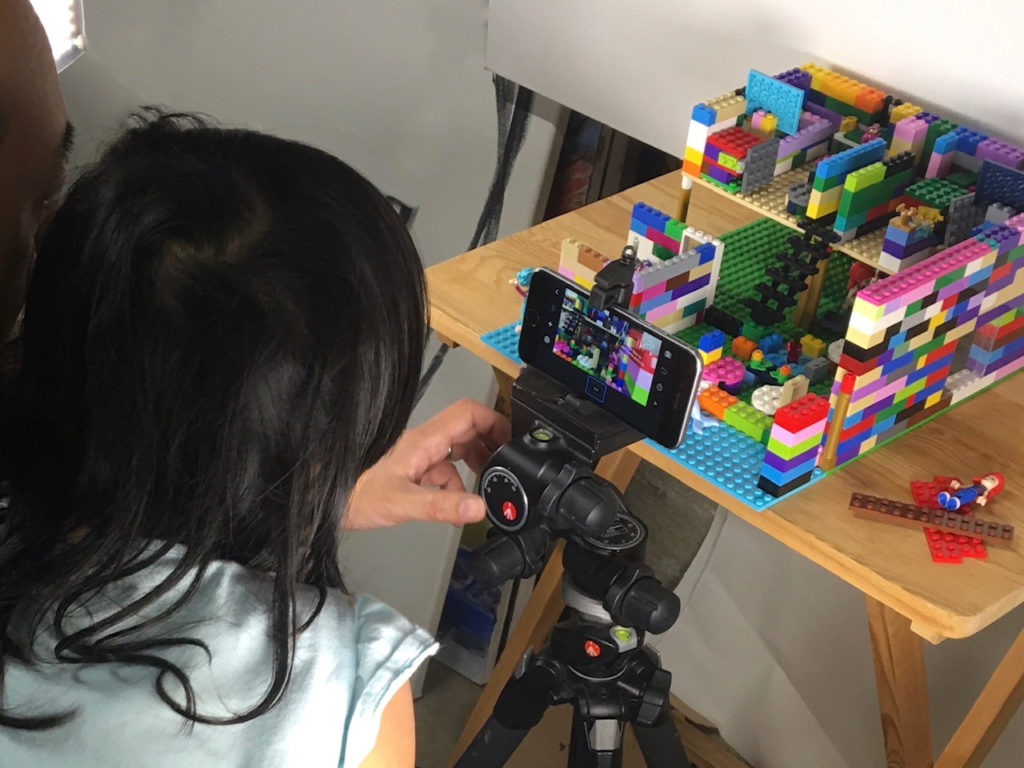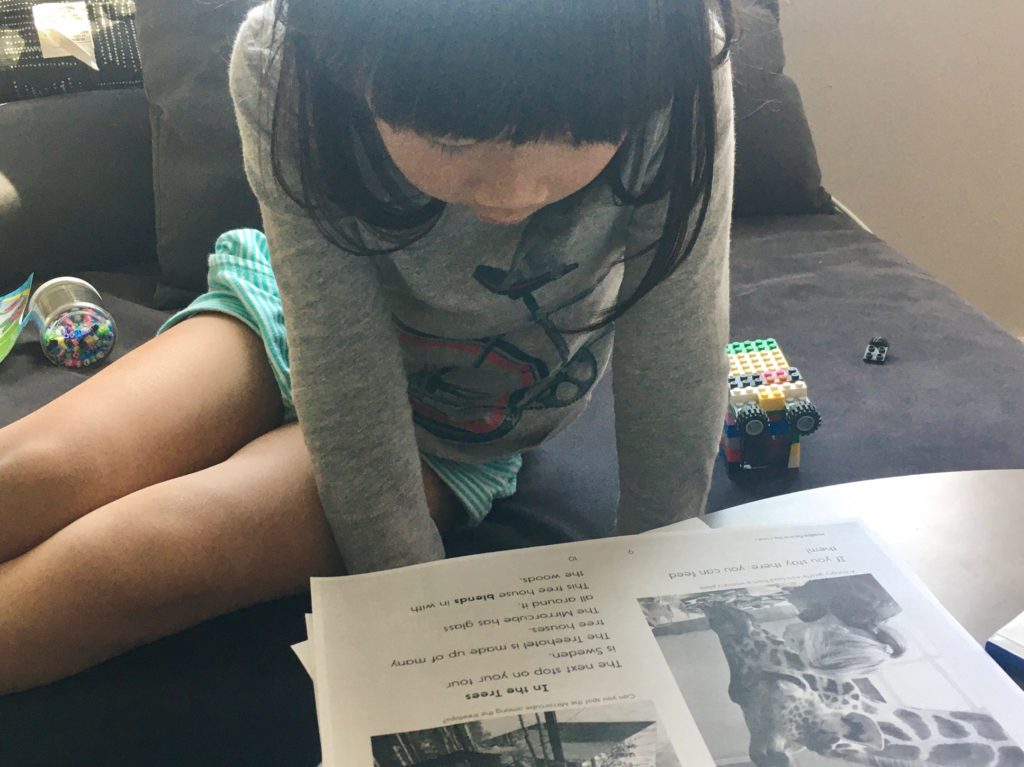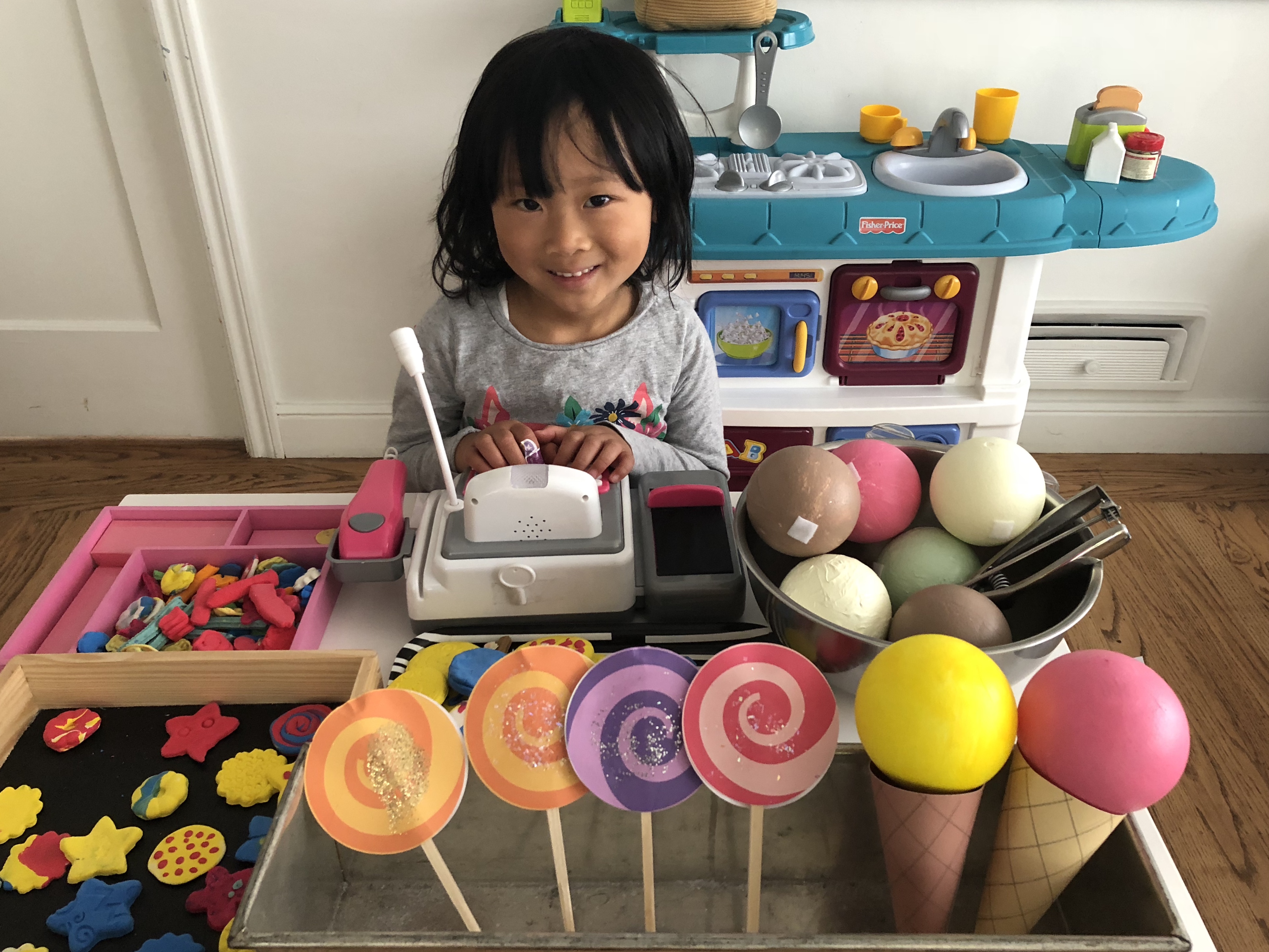Home Schooling in the Age of COVID-19

Miss T’s dad, who is self-employed, now has the time to be her first-grade teacher. Mom is taking charge of her preschool brother. Welcome to home schooling in the age of COVID-19.
After more than a month, Dave has worked out the kinks in his home school program. His best advice: “Be realistic. None of us are teachers. Don’t be hard on yourself–you can only do what you can do. And doing something is better than doing nothing at all.”
The Need for Structure
Dave keeps Miss T on school hours, from 8:15 to 3:30, with two 20-minute recesses and a half hour for lunch. His advice:
- Whether you can replicate your child’s complete school schedule or just part of it, set regular hours.
- Plan ahead. The night before, Dave prepares a spreadsheet of the next day’s activities to complement her school’s online program.
- Be flexible. After awhile, you’ll get a better sense of how long learning tasks take.
- Don’t attempt too much. Dave has six additional things he wants to teach Miss T beyond the curriculum. He has found he can fit just two to three in a day.
- Schedule time to oversee all oral studies. You want to catch and correct mistakes in the moment.

Keeping them Engaged
“Every child learns differently; I’m learning how she learns by observing her at work,” Dave says. “Email the teacher to understand better what the class is learning. Then you can come up with a way to teach the material, tailored to your child’s learning style.”
- When your child gets antsy, let them work somewhere else for a change of pace.
- To ease her frustration when she doesn’t want to work, Dave will give Miss T a 10-minute break.
- A benefit of working closely with your child is that you’ll know what she knows. When Miss T gives wrong answers to flash cards, it’s from inattention. “So, I tell her we’ll call it quits as soon as she does it without mistakes. It never fails to get her back on track,” he observes.
- Every few weeks, when the kids hit an insurmountable wall, Dave brings out a surprise for each child–a craft project or toy he purchased in advance, anticipating difficulties sheltering with the kids. “It’s not a reward for being well-behaved, but to acknowledge that they miss their friends and miss school,” he explains.
Going off the Grid
If you know what your child likes to do and have a sense of what’s going on at school, you can go off script occasionally, Dave advises. “Find something your child is interested in, ramp it up, and tie it into other things they are learning. It’s an effective way to sneak in education.”
- Project I: Make a movie. When Miss T built a hotel from LEGOs, Dave took it an extra step: making a video with Stop Motion Studio. She has had to create character profiles for the “actors” and write the script. Now, to her interest in engineering, is added technology and language arts. The script will include how the travelers spend their money, to incorporate math.
- Build on the concept: Dave plans to research videos that teach how to make better stop-motion productions and how to avoid common mistakes in shooting. He’ll make a video playlist for Miss T to watch. Now the child will be able to learn and apply new knowledge about videography, camera angles, and lighting.
- Project II: Start a real store. To capitalize on Miss T’s interest in making jewelry, Dave will help her sell her creations on Etsy. It will enhance her understanding of math, economics, and communications, among other skills. Grandma will likely be her chief customer.
For a less complicated learning project for a younger child, create a pretend cookie shop.
Home Schooling can be Fun and Games
“If you pick the right games, there’s learning in the fun. Games can teach strategy, programming, and anticipating several moves ahead. Games can be a gateway to learning,” Dave says. “Game night can be fun for the whole family.”
Educational board games can be expensive, so before you buy, read game reviews. Visit YouTube to learn how to play the game to gauge whether or not the game play will appeal to your child, Dave advises.
For example, Miss T likes mysteries and is very observant–she likes that kind of game style. Outfoxed, a cooperative whodunit board game, is one of her favorites. This is where knowing your child and what they like to do will inform your game selections.
Here are some games that Dave recommends:
- Junior Catan requires strategy, as you acquire castles, boats, and other items. You manage asset allocation, engage in trade, and block opponents.
- My First Carcasonne starts with building the Medieval city of Carcassonne and blocking roads to prevent your opponents from winning.
- Sushi Go is a card game where players try to grab the best combination of sushi dishes. It hones skills in math and strategy.
- Guess Who? encourages kids to look for similarities and differences among images to ask insightful questions. The objective is to guess, by process of elimination, which image your opponent has selected.
Fun Projects for Learning and Exploration
Making stuff can be fun, educational, and keep kids occupied for hours. Here are some resources Dave likes:
- Kiwi Crates are science and art project boxes bought by monthly subscription, or individually, through the online store. The crates contain all the materials for the project, kid-friendly instructions, and a little magazine that explains the science behind the project, as well as additional ideas and activities to explore. This is one of Dave’s favorite go-to sources to educate and entertain the kids.
- You can also find on the KiwiCo website free resources for at-home learning with activities, tips, and explainers to help you navigate a new normal.
- STEMful provides an environment for hands-on learning in science, technology, engineering and math. The company also sells a few science kits.
- Curious Jane offers camps, a magazine, and project packs for girls six to twelve, featuring science, engineering, and design. On Instagram, Curious Jane has been doing live demos at 3 pm EST every Tuesday and Thursday this month; there’s one more session left on April 30. The demo is available for 24 hours afterward.
- Also on the Curious Jane website are 20 projects you can make for free right now.
Other Good Resources
- YouTube–It’s a rich resource for DIY channels for kids, but there is so much content that it can be hard to wade through, Dave says. GoldiBlox is one that he has found useful, on occasion.
- After-School/Summer Camps–Look for virtual programs. You pay for a course, the materials are sent to you, and your child attends classes online. Dragonfly Designs is an example.
- Amazon provides digital educational resources, some especially designed for home school parents.
“I read a study that said the average father interacts with his child about 30 minutes a day,” Dave muses. “The bright side may be that the shutdown creates time to reconnect with our kids.”

I’ve read some of these suggestions elsewhere but here they seem so reasonable and realistic to use. Plus, the activity ideas are so worth the planning and effort to make learning fun without friends and outside stimulation. I don’t need this now but am saving it … just in case a stay-at-home event happens if/when I have grandchildren.
Thank you so much for your comments, Ruth. I’m sure Dave will be gratified to hear that you found his ideas helpful. I hope we won’t need them if/when you have grandchildren, but it seems this kind of situation may likely return, doesn’t it? Take care.
These are some great and useful ideas to share with others. Two years ago we started a KiwiCrate subscription for (not so) Little Man. He loves getting the monthly boxes. Wish we could be with the family now. Luckily Little Man never has to be told to do his school work, and doesn’t need help. But then again, the way they do math now is beyond me. Wonderful article.
Thanks for your comments, Jeri, and for your compliments on the story–I will pass on to Dave. Miss T loves those Kiwi Crates, too. You are fortunate that LM does so well in school. 🙂